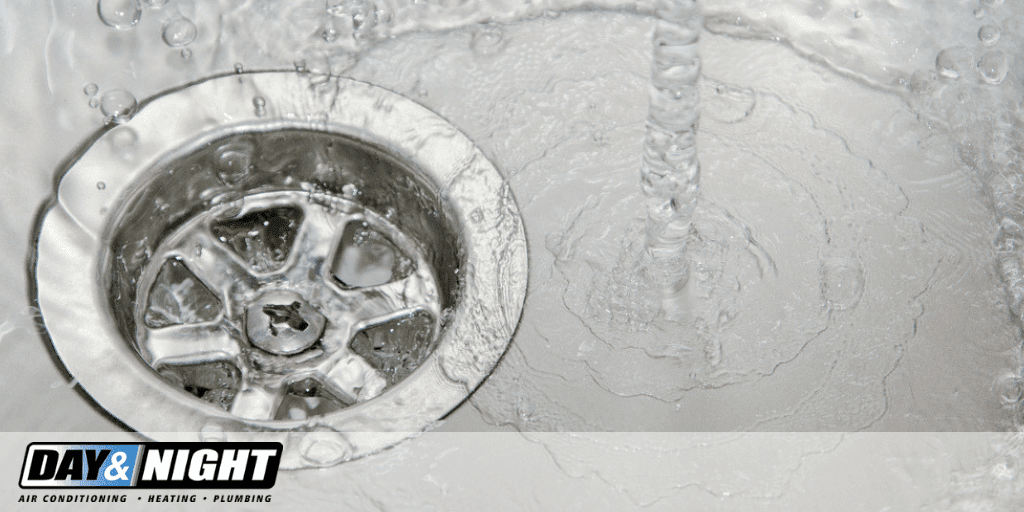Hard water is tough on plumbing systems. In the Arizona desert, the mineral deposits and sediment in the water means your pipes and appliances are getting a constant workout―even if a water softener is being used. Regular maintenance of the drains, toilets, and faucets can help the entire system run smoothly. However, frequent use still means wear and tear on the components. Here are some of the most common desert plumbing problems and the inexpensive solutions to deal with them.
1. Low Water Pressure
When you turn on the faucet, is it a trickle instead of a gush? If yes, then you have low water pressure. Filtration systems can reduce how much of the mineral deposits come through the faucets and shower heads by capturing them in the filters. However, the filtration systems can’t catch everything, especially if they have not been changed in a while. The minerals and sediment collect inside the aerators, clogging the screens and slowing the water flow.
If this issue is found in the kitchen, remove the aerator on the faucet and soak it in vinegar. For bathroom sinks and shower heads, attach a plastic bag filled with vinegar to the tap or stem so that the opening is covered with the vinegar.
If the water pressure does not improve, it could be a much more severe problem. The pipes that lead into the house may be breached or leaking, which could lead to foundation and infrastructure damages if not corrected quickly. Call a licensed plumber in Phoenix if you have cleaned the faucets thoroughly and there is no improvement in water pressure.
2. Dripping/Leaking Faucet
Not only is the “drip, drip, drip,” frustrating to listen to, but it can also make your water bill skyrocket. A single faucet left to drip for a year can waste hundreds of gallons of water. This common problem often has a simple fix that most people can take care of on their own with minimal expense.
The water in your home is under pressure so that it can move through the pipes and flow freely when the faucet is opened. Water-tight rubber or silicone-based washers stop the water from pushing through. Over time, they may stiffen, tear or slip out of place, causing faucets to leak. Replacing the machine can often correct the plumbing issues. If left to drip for an extended time, the valve seat may become worn or too corroded to repair. Replacing it is more complicated and messier than changing out the washers and may be best left for a professional plumber.
3. Slow or Clogged Drains
If you enjoy tightly sealed faucets and steady water pressure, the sink and tub can fill quickly. However, if they are filling when they should not be, you may have a partial or completely clogged drain. Drain cleaners can solve the issue, but if the slow drain is a common occurrence, ongoing use of the chemicals can damage components of the piping system. Plungers can fix the immediate problem, but they do not remove the clog entirely.
Use a flashlight and look down the drain. There may be hair or some other obvious obstruction that can be removed with pliers or a plumber’s snake. In some cases, an unbent wire hanger may also work. If this is the issue, installing drain screens can prevent it from happening again. However, if there is no apparent reason for the slow drain, a professional plumber can conduct more in-depth troubleshooting to find the cause and correct it.
4. Toilet Troubles
There are many internal parts in a toilet, from the handle mechanism to the flapper and float. A standard model also has five seals. If there is an issue with any component, the toilet may leak, or continuously fill. Water trickling into the bowl and unexpected toilet flushes indicate the flapper may be worn or damaged. This is the rubber piece at the bottom of the tank. Drain the tank, clean the flapper seat, and flapper―and when in doubt, replace it. There is little expense, and the process can be done quickly.
If there is a hissing sound coming from your water closet, water may be trickling in from the supply line. Adjusting the float may correct the issue. If that does not resolve the issue, check the refill tube which should extend about a quarter-inch below the overflow tube.
If the toilet bowl empties slowly, it may be the result of clogged holes under the bowl’s rim. A metal coat hanger or similar item can be used to flush the holes, clearing debris and mineral buildup. The siphon at the bottom of the drain can be cleaned in the same manner. If the unit still leaks or runs consistently, a professional plumber can likely diagnose and correct the problem.
Call a Professional
While many common plumbing problems in Arizona can be quickly corrected, there are circumstances where things are not as simple as they seem. If you have tried the simple fixes and there is still an issue, contact a licensed plumber in Phoenix such as Day & Night Air to diagnose and fix the problem. It can save you time and money in the long run.

